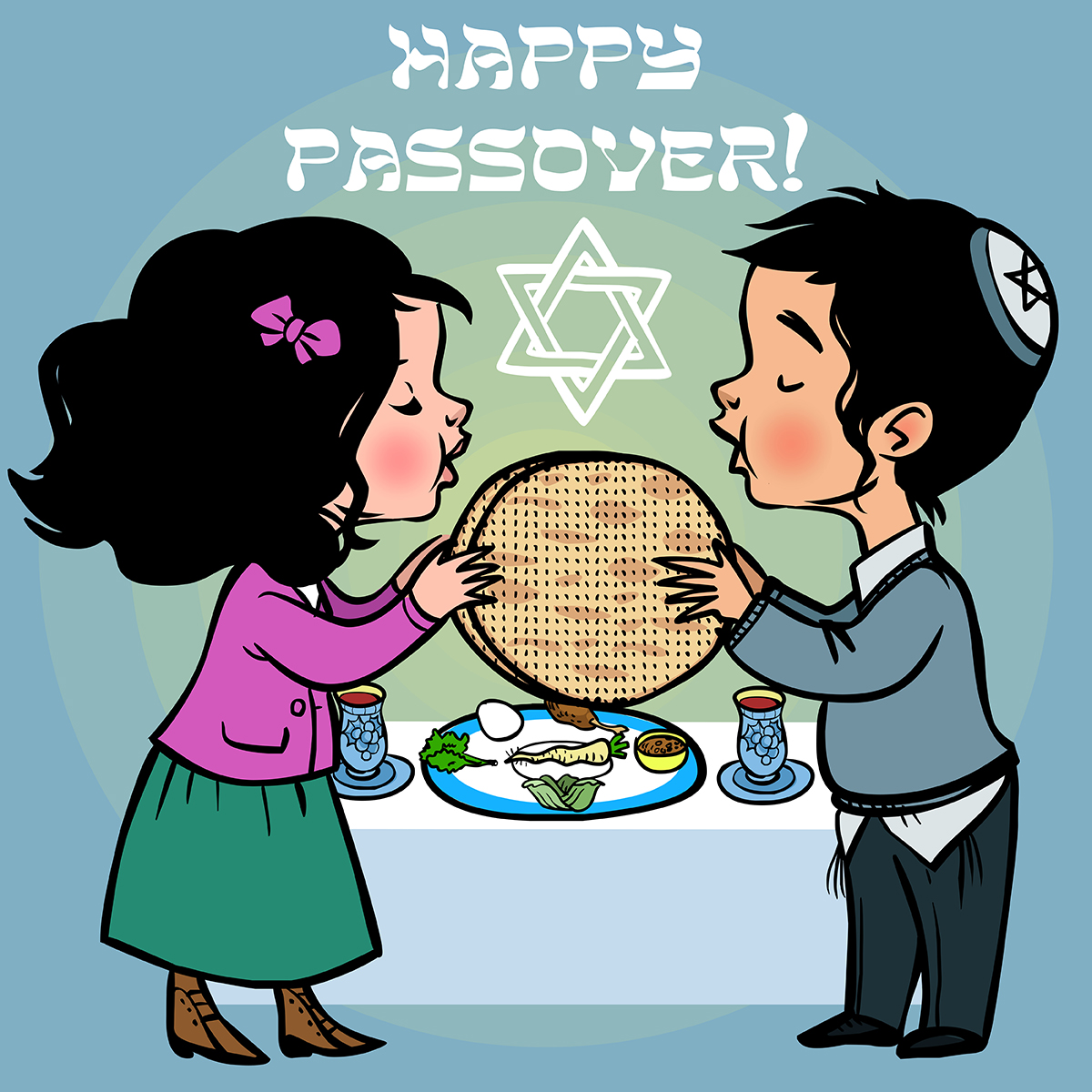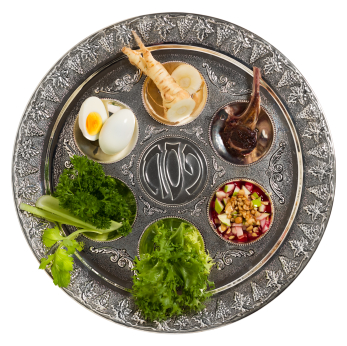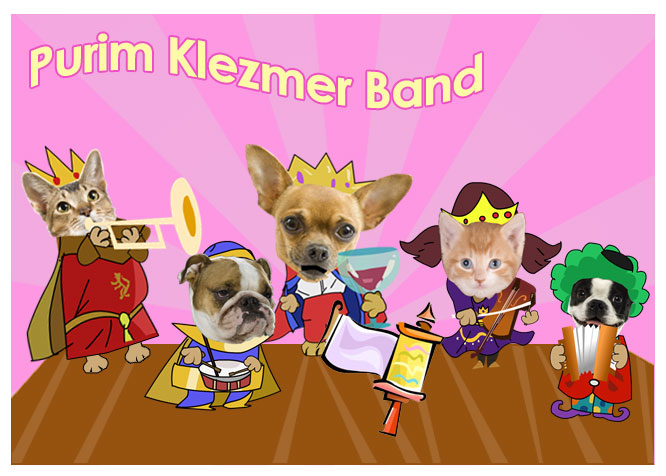Are you Jewish and you have friends who have no idea what Passover is about? Are you gentile and you have always been curious about exactly what Passover is and wanted to learn more about the holiday? Well, you’re in luck! We at Doozy Cards, want you to be able to impress your friends and family with all of your amazing Passover knowledge. Read on:

What is Passover?
When and Why
Passover, also known commonly known as Pesach in Hebrew, is one of the most-celebrated Jewish holidays – even by non-observant Jews – and can mean different things to different people. It can represent a celebration of springtime, a chance to gather and eat with family and loved ones, an acknowledgment of birth and rebirth, and, most significantly, can commemorate a journey out of slavery to freedom for the Jewish people.
Passover takes place on the 15th day of the month of Nissan in the Jewish calendar, usually around April, and lasts for seven days. This year it starts on Friday, April 3rd. The holiday commemorates the liberation of the Jewish people from 210 years of slavery in Egypt 3,300 years ago. This is also known as The Exodus and is described in the Torah, the most sacred Hebrew religious text. The English name for the holiday, “Passover”, comes from the final of 10 plagues told of in the story of Passover, in which the homes of the Jews in Egypt were “passed over” by God’s avenging angel and their first born sons were spared.
Food at the Passover Seder and Other Customs
One part of Passover that with which most people are familiar is on the first two nights of the holiday, when a special meal, called a Seder, is prepared and various customs and ceremonies are performed. Many people look forward to eating the food that is prepared for the Seder, as well as the story that is told and songs that are sung. During the meal, a Seder plate is placed at the center of the table with different foods on it to represent the story of Passover, including bitter herbs for the bitterness of slavery, salt water for tears shed during slavery and a lamb shank bone to symbolize the sacrificial lamb offered to God.
You’ve also probably heard of matzoh, the unleavened bread eaten during Passover, which represents the unleavened bread the Jewish people ate in the desert after fleeing Egypt because they did not have time to let their bread rise as they left in a great hurry. A favorite food eaten in the Seder is Matzoh ball soup. Maybe you’ve even heard some hilarious matzoh ball jokes or even seen some singing matzoh balls! Another favorite is gefilte fish. During the course of the meal four small glasses of wine (grape juice for the little ones!) are drunk to represent the four expressions of freedom in the Torah.
Fun for the Kids
Passover is, importantly, for children in the family, to educate them about Judaism, the meaning of its history and customs. A favorite Passover tradition, especially for kids, is the hiding of the afikomen, a small piece of matzoh that is broken off and hidden somewhere around the house. Children are then asked to search for the afikomen and whoever finds it receives candy or a prize!
Just as part of the Passover tradition involves opening a door to the house to welcome the prophet Elijah, it is also traditional to invite guests to a Seder, Jewish and gentile. Are you planning to celebrate Passover this year or attend a Passover Seder with a friend? Tell us about some of your favorite Passover traditions in the comments section, and remember to send a hilarious Passover eCard.







